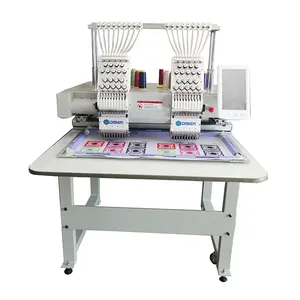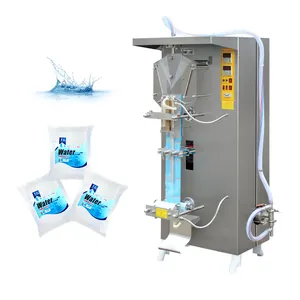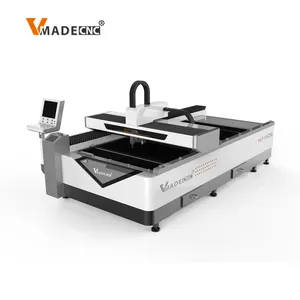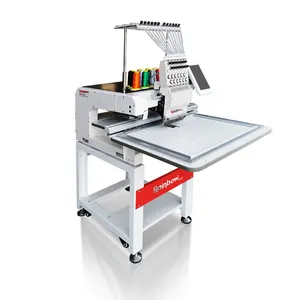Popular in your industry








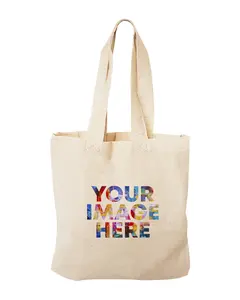





























































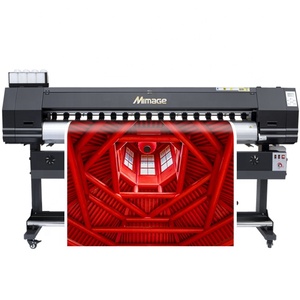
Top categories
About textile 3d printer
Exploring the Versatility of Textile 3D Printers
The advent of textile 3D printers has revolutionized the way we approach fabric design and production. These innovative machines offer the ability to add dimensional prints directly onto fabric, bringing a new level of creativity and functionality to the textile industry. From fashion to interior design, the applications of 3D printing on fabric are expanding rapidly, making it a valuable tool for various commercial endeavors.
The Mechanics of 3D Textile Printing
3D textile printing machines operate by layering materials atop one another to create raised patterns and textures that are integrated into the fabric itself. Unlike traditional printing methods, 3D printing allows for a tactile experience, where the print can be felt as well as seen. This technology is not just limited to aesthetics; it also includes functional applications such as creating 3D printed clothes material that can have properties like increased flexibility or breathability.
Applications in the Textile Industry
The use of 3D fabric printing machines extends beyond mere pattern creation. In the realm of the textile industry, these printers are forging new paths in product development. Designers are experimenting with 3d printing in the textile industry for bespoke fashion items, while manufacturers are exploring the production of textiles with varying degrees of softness, rigidity, and thermal properties, all through the nuanced application of 3D printing techniques.
Types and Features of Fabric 3D Printers
The market offers a range of fabric 3D printers, from those suitable for intricate designs like the Stratasys fabric printer to more robust models capable of producing larger items. Features vary widely, with some printers like the Prusa textile sleeve focusing on user-friendly interfaces and others prioritizing speed and volume for industrial-scale production. Each printer has its unique capabilities, catering to different aspects of fabric printing and design.
Choosing the Right 3D Textile Printing Solution
Selecting the appropriate 3D textile printing machine requires careful consideration of the intended application, material compatibility, and desired output quality. Alibaba.com hosts a diverse array of options, allowing buyers to filter and compare to find a machine that aligns with their specific needs. It's essential to consider the nuanced differences between machines to ensure the chosen printer can fulfill the required tasks effectively.
Advantages of Integrating 3D Printing Technology
Integrating 3D printing technology into textile production can lead to increased efficiency, waste reduction, and the potential for customization at scale. The technology's adaptability opens doors for innovation in fabric design, allowing for the creation of materials with unique properties and complex geometries that were previously unattainable through conventional methods.
